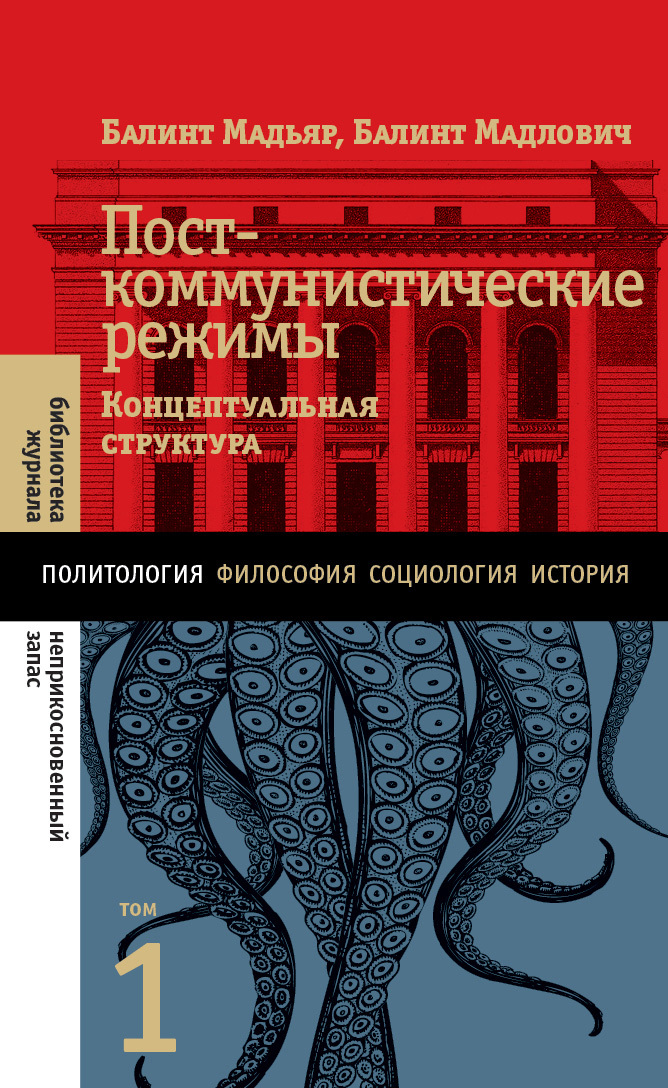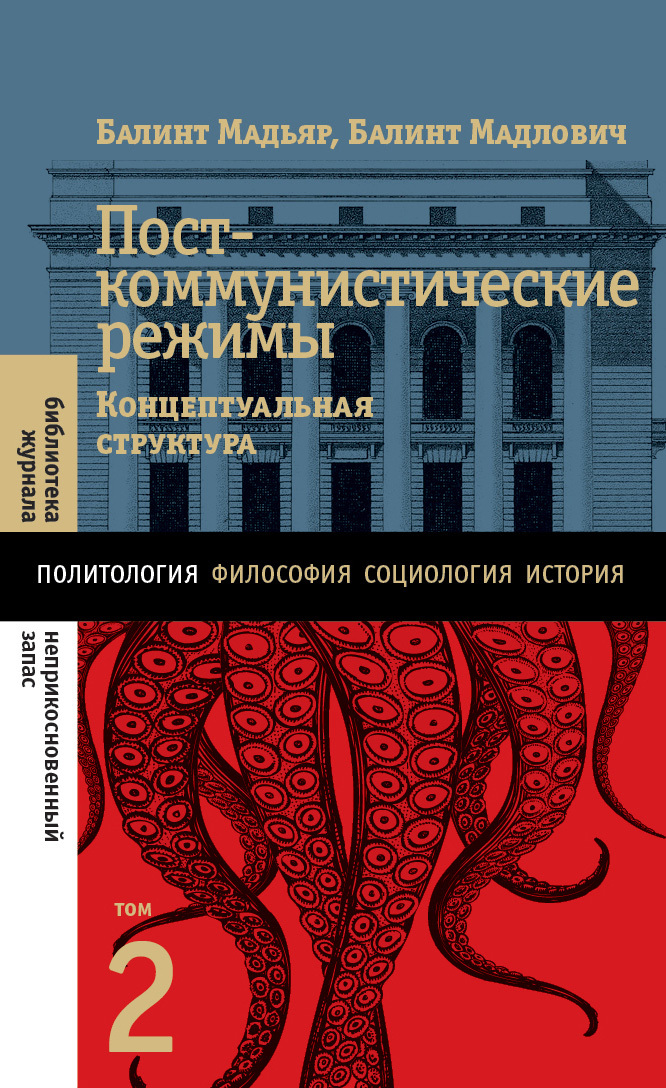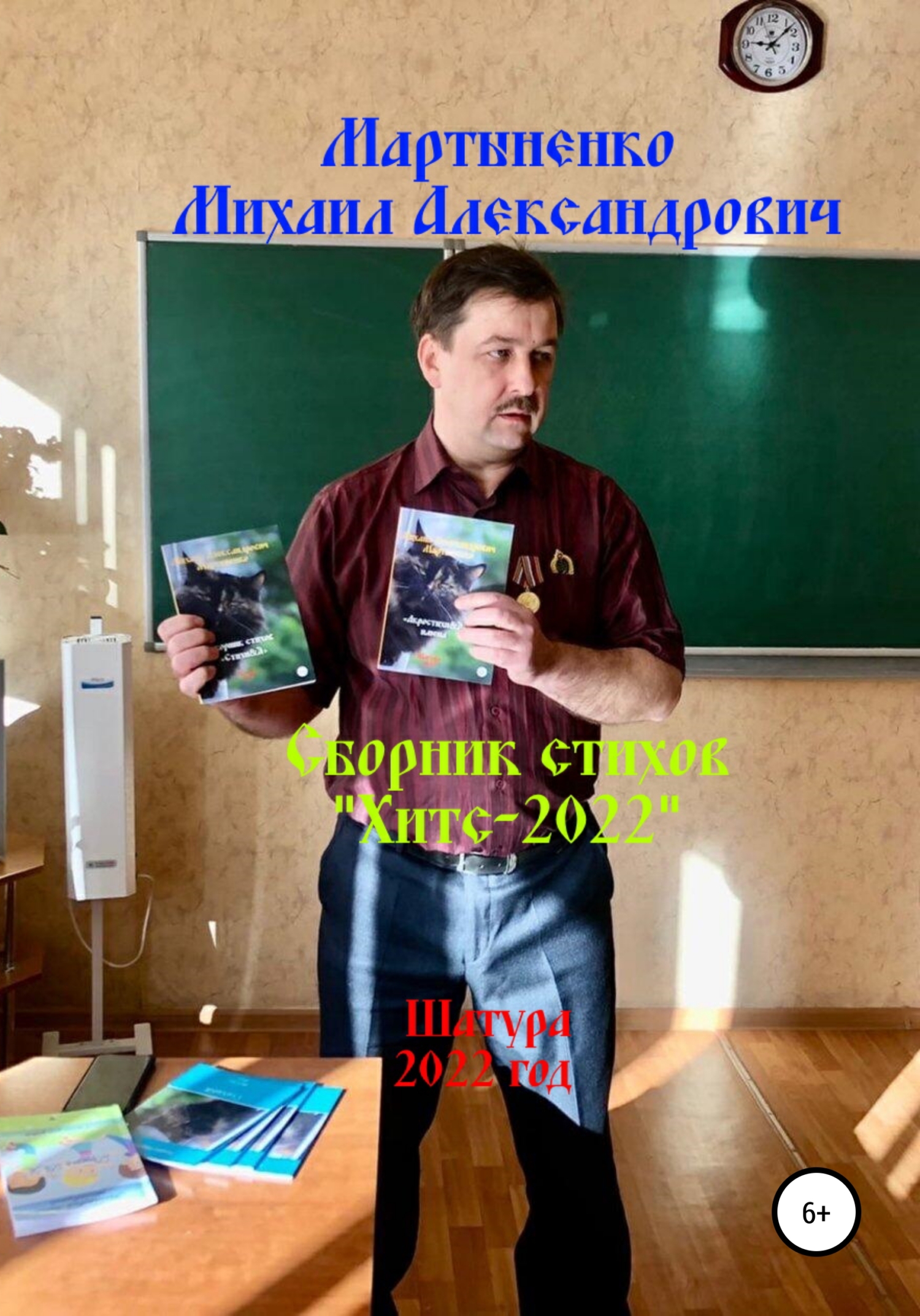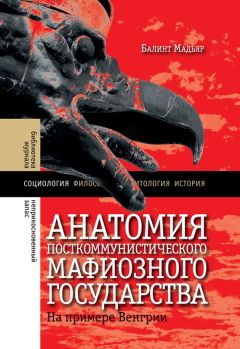Т. 44. С. 349. В английском переводе статьи Ленина выражение «передаточный механизм» фигурирует как
transmission belt («приводной ремень»), и авторы используют именно его (
прим. пер.).
Bozóki A. Nationalism and Hegemony: Symbolic Politics and Colonization of Culture // Twenty-Five Sides of a Post-Communist Mafia State. P. 459–490. Мы вернемся к роли идеологии в Главе 6 [♦ 6.4].
Пример метаанализа см.: Dreisbach D. The Meaning of the Separation of Church and State: Competing Views // The Oxford Handbook of Church and State in the United States. Oxford: Oxford University Press, 2010. P. 207–225.
Gábor G. The Land of an Appropriated God: Sacred Political Symbols and Symbolic Political Sacrality // Twenty-Five Sides of a Post-Communist Mafia State. P. 421–458.
Dragadze T. The Domestication of Religion under Soviet Communism // Socialism: Ideals, Ideologies, and Local Practice. New York: Routledge, 2003. P. 145.
Ibid.
Khalid A. Islam after Communism: Religion and Politics in Central Asia. Los Angeles; London: University of California Press, 2014.
Knox Z. Russian Society and the Orthodox Church: Religion in Russia after Communism. London: Routledge, 2009.
Ibid.
Papkova I. The Orthodox Church and Russian Politics. New York: OUP USA, 2011.
Judah B. Fragile Empire. P. 150–154.
Judah B. Fragile Empire. P. 151.
Talmazan Y. Christianity Faces One of Its Biggest Splits in Centuries This Weekend // NBC News. 14.12.2018. URL: https://www.nbcnews.com/news/world/ukraine-moves-create-its-own-orthodox-church-out-russia-s-n947451.
Enyedi Z. Religious and Clerical Polarisation in Hungary // Religion and Mass Electoral Behaviour in Europe. London: Routledge, 2000. P. 157–175.
Andor M. Restoring Servility in the Educational Policy // Twenty-Five Sides of a Post-Communist Mafia State. Budapest; New York: CEU Press, 2017. P. 530–535.
Balogh E. They Don’t See Eye to Eye: Pope Francis and the Hungarian Bishops // Hungarian Spectrum (blog). 28.12.2017. URL: http://hungarianspectrum.org/2017/12/27/they-dont-see-eye-to-eye-pope-francis-and-the-hungarian-bishops/.
Более детальное сравнение см.: Magyar B. Parallel System Narratives. P. 611–655.
Guerra S. Eurosceptic Allies or Euroenthusiast Friends? The Political Discourse of the Roman Catholic Church in Poland // Representing Religion in the European Union: Does God Matter? London; New York: Routledge, 2012. P. 139–151.
Ádám Z., Bozóki A. State and Faith: Right-Wing Populism and Nationalized Religion in Hungary // Intersections – East European Journal of Society and Politics. 2016. Vol. 2. № 1. P. 98–122.
Schmitz R. As An Election Nears In Poland, Church And State Are A Popular Combination // NPR.org. 12.10.2019. URL: https://www.npr.org/2019/10/12/768537341/as-an-election-nears-in-poland-church-and-state-are-a-popular-combination.
Под словом «уникальный» мы понимаем то, что в отличие от социологических и исторических категорий, описанных ниже, приемная политическая семья является новым, особым явлением в регионе. Тем не менее для читателей идеальный тип «приемной политической семьи» может стать полезным для понимания сетей, объединяющих формальные должности и неформальные элементы в других регионах и эпохах. Сеть Козимо Медичи во Флоренции в эпоху Возрождения представляет собой именно такой случай (хотя она не носила криминального характера). См.: Padgett J., Ansell C. Robust Action and the Rise of the Medici, 1400–1434. P. 1259–1319.
Petrov N. Putin’ s Neo-Nomenklatura System and Its Evolution. P. 179–215.
Вебер М. Класс, статус и партия // Социальная стратификация: сб. ст. Вып. 1. М.: Ин-т народнохоз. прогнозирования РАН, 1992. С. 21–23.
Там же. С. 19–38. Естественно, существует много различных подходов к пониманию класса, см.: Wright E. O. Approaches to Class Analysis. Cambridge: Cambridge University Press, 2005.
Pakulski J., Waters M. The Reshaping and Dissolution of Social Class in Advanced Society.
Wright E. Understanding Class: Towards an Integrated Analytical Approach // American Sociological Review. 2009. Vol. 67. № 6. P. 832–853.
Hale H. Patronal Politics. P. 9–10.
Domhoff W. Who Rules America? Power and Politics, and Social Change. New York: McGraw-Hill, 2006. Также см.: Scheiring G. The Retreat of Liberal Democracy. P. 55–60.
Ср.: Scheiring G. The Retreat of Liberal Democracy. P. 55–60. При рассмотрении патрональных автократий, экономика которых зависит от прямых иностранных инвестиций и где иностранные предприятия имеют значительный вес [♦ 7.4.5], классовый подход вносит еще большую путаницу, поскольку в таких режимах внешнеэкономические акторы образуют бизнес-группу, вовлеченную в поддержание стабильности режима, в то время как домашние олигархи и экономические подставные лица подчиняются неформальной патронатной сети [♦ 5.4.2.3].
Pakulski J., Waters M. The Reshaping and Dissolution of Social Class in Advanced Society. P. 670.
Ledeneva A. Can Russia Modernise? P. 95.
См. подробнее о знаменитом «железном законе олигархии» в работе: Michels R. The Oligarchical Tendencies in Working Class Organizations // Classes and Elites in Democracy and Democratization. New York: Garland, 1997. P. 243–250.
Bendix R. Inequality and Social Structure: A Comparison of Marx and Weber // American Sociological Review. 1974. Vol. 39. № 2. P. 149–161.
Korpi W. The Democratic Class Struggle. London; Boston: Routledge Kegan & Paul, 1983.
Некоторые авторы считают, что насаждаемое государством неравенство – это часть классовых отношений, но нам кажется, что это довольно сомнительный аргумент. См.:





